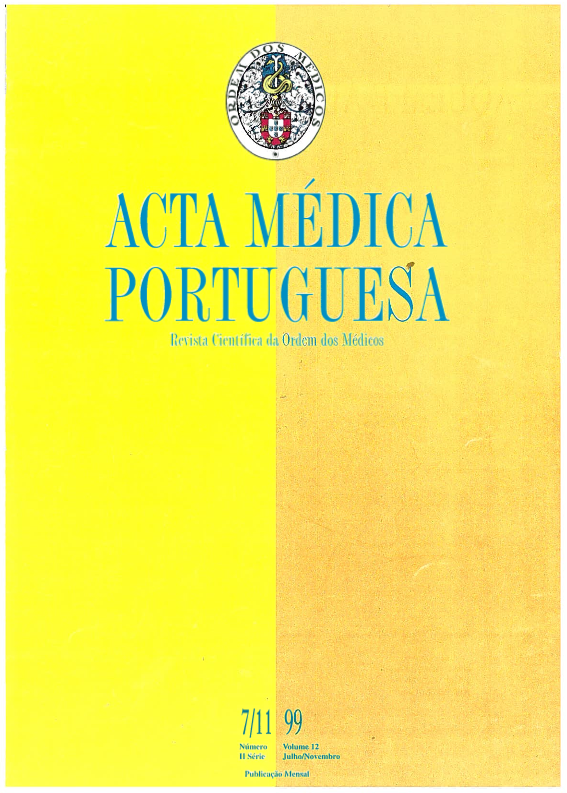The use of peripheral blood progenitor cells as an autologous hematopoietic support in high-dose chemotherapy. I. The rationale and results.
DOI:
https://doi.org/10.20344/amp.2157Abstract
We review the rationale for PBPC transplantation and the results reported in the literature. In order to prolong complete remissions and increase cure rates, high-dose chemotherapy is frequently used in the treatment of selected neoplasias. Hematological toxicity can be overcome by the infusion of autologous hemopoietic progenitors. Recently, peripheral blood is being used as the preferred source for hemopoietic progenitors, since it allows faster hematopoietic recoveries when compared to progenitors harvested from bone marrow. An adequate graft is defined by its content in clonogenic progenitors (mainly CFU-GM) and CD34 positive cells; these two parameters need to be accurately determined by specific laboratory methods. PBPC grafts are harvested using cell separators during leukaphereses; to increase efficiency, hemopoietic progenitors are first mobilized into the circulation with growth factors and or chemotherapy. PBSC transplantation may have procedure-associated toxicity related to the mobilization, harvest or reinfusion of the graft.Downloads
Downloads
How to Cite
Issue
Section
License
All the articles published in the AMP are open access and comply with the requirements of funding agencies or academic institutions. The AMP is governed by the terms of the Creative Commons ‘Attribution – Non-Commercial Use - (CC-BY-NC)’ license, regarding the use by third parties.
It is the author’s responsibility to obtain approval for the reproduction of figures, tables, etc. from other publications.
Upon acceptance of an article for publication, the authors will be asked to complete the ICMJE “Copyright Liability and Copyright Sharing Statement “(http://www.actamedicaportuguesa.com/info/AMP-NormasPublicacao.pdf) and the “Declaration of Potential Conflicts of Interest” (http:// www.icmje.org/conflicts-of-interest). An e-mail will be sent to the corresponding author to acknowledge receipt of the manuscript.
After publication, the authors are authorised to make their articles available in repositories of their institutions of origin, as long as they always mention where they were published and according to the Creative Commons license.









